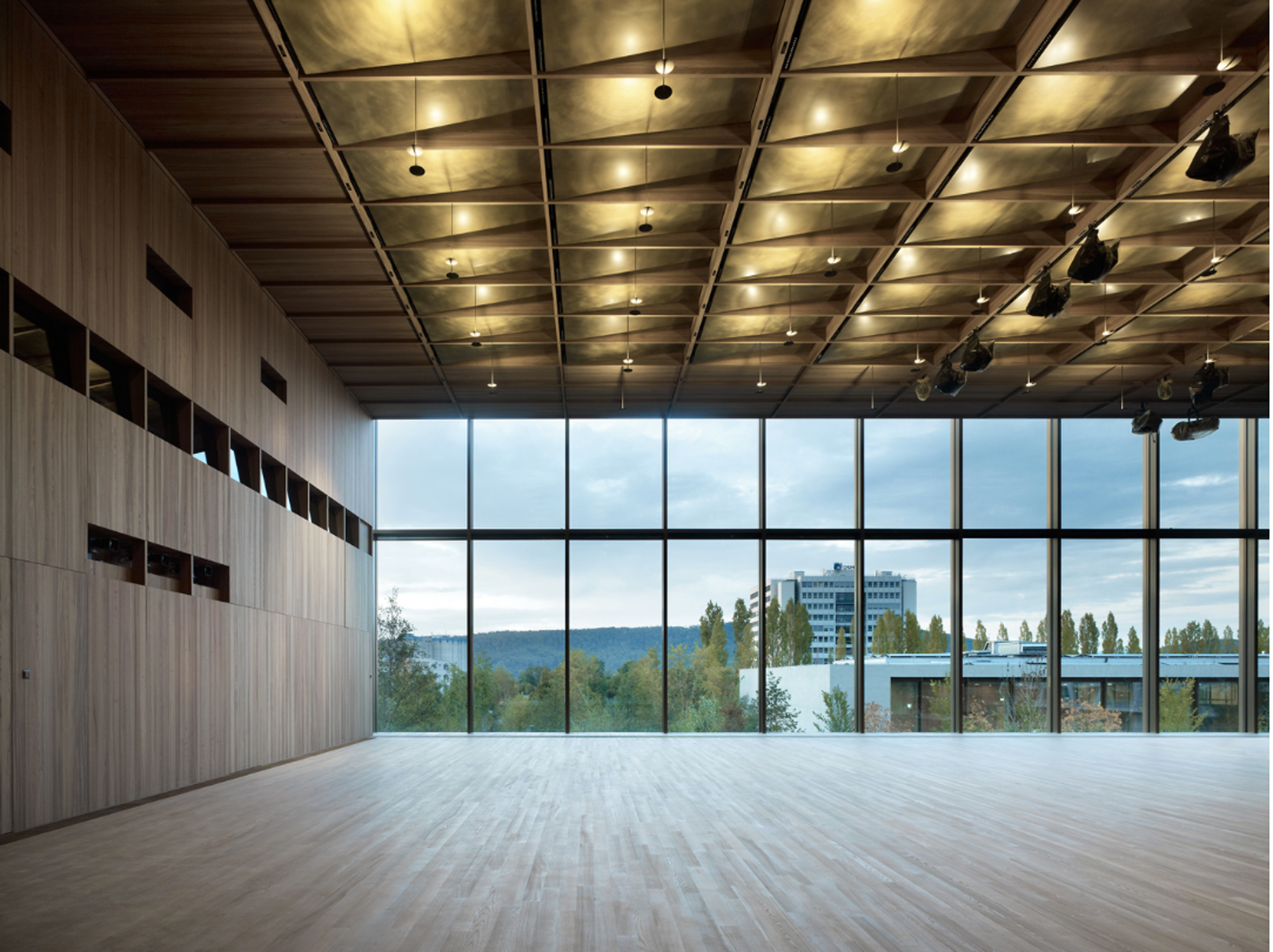
Transparency and openness
Generosity of space through light and visual connections.
The sun does not realize how beautiful it is until after a room is made. A man's creation, the making of a room, is nothing short of a miracle. Just think, that a man can claim a slice of the sun.Louis Kahn - Architect
Let light travel through space
Letting light into the building by planning transparent surfaces along the façade helps to connect spaces and achieve a fluid environment. Light and transparency are not only related to the visual experience of form and space, but also to thermal qualities and psychological comfort.
The characteristics of light, heat, air movement, and comfort are key factors in determining a building’s energy consumption and, if carefully designed, the use of artificial light can be minimized. Plan and limit the amount of glazing according to climate conditions and follow the K-18 directive for building optimum thermal performance.
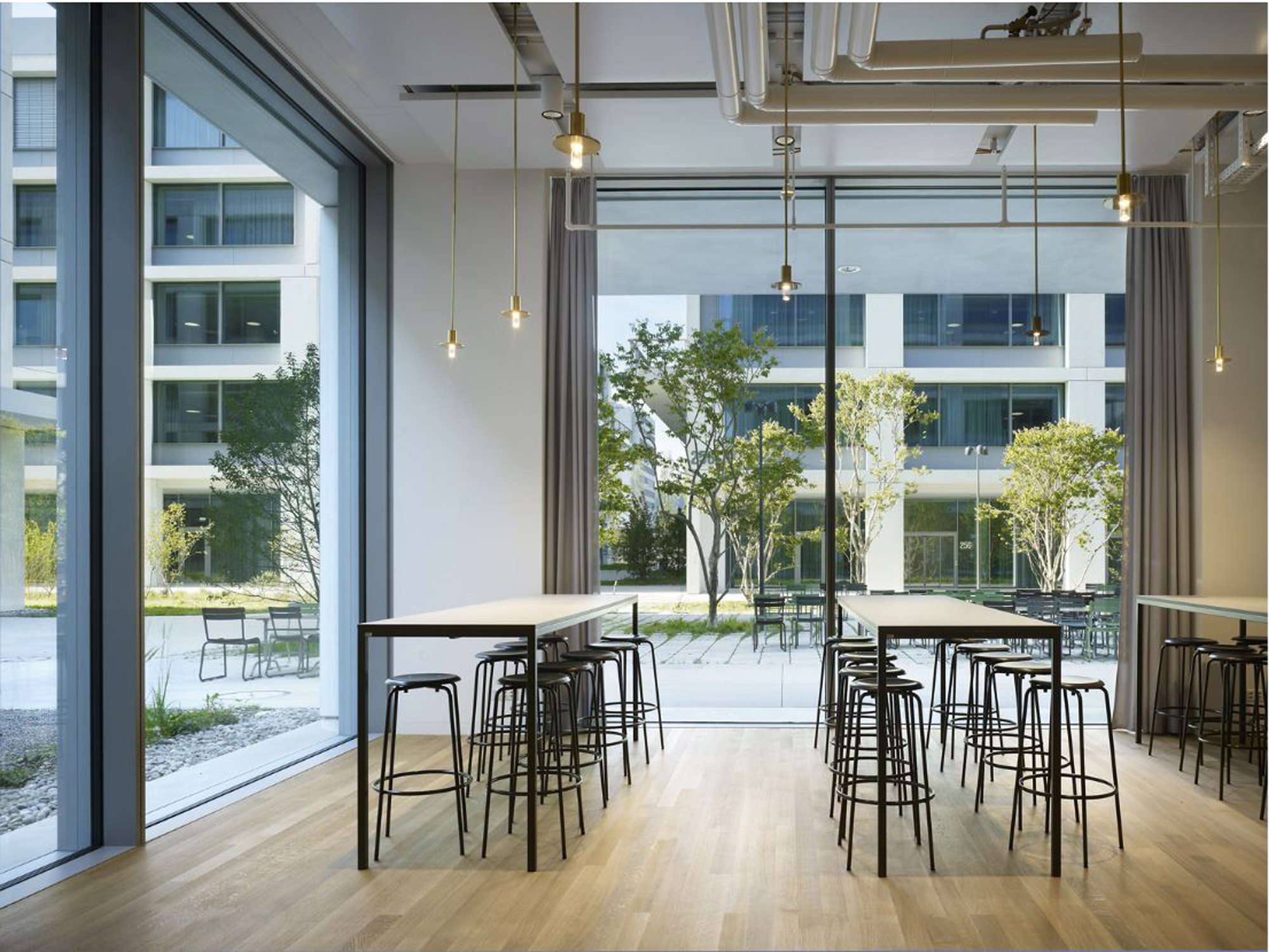
Visual connection in ground floor
Relate interiors to public space through transparency on the ground floor, providing visual connection with the exterior, encouraging the use of the outdoor space.
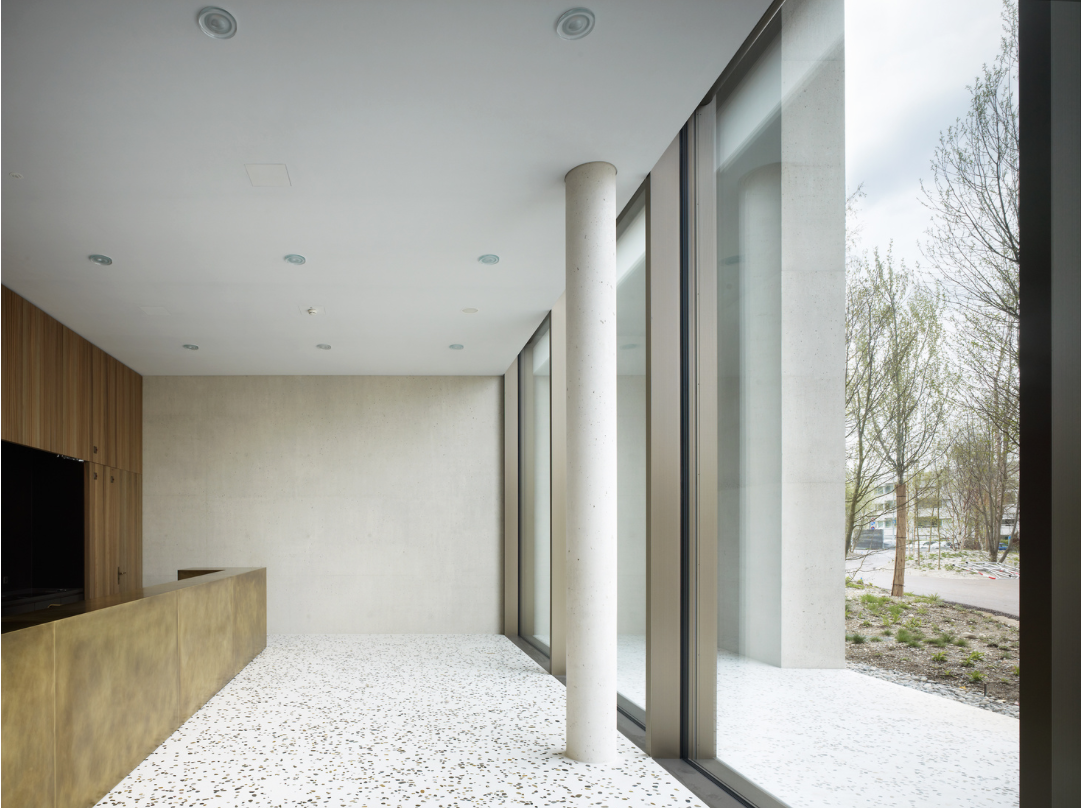
Clear structure
Openness results from concise structural planning, visual continuity with the exterior, and the strategic location of openings and inner partition walls.
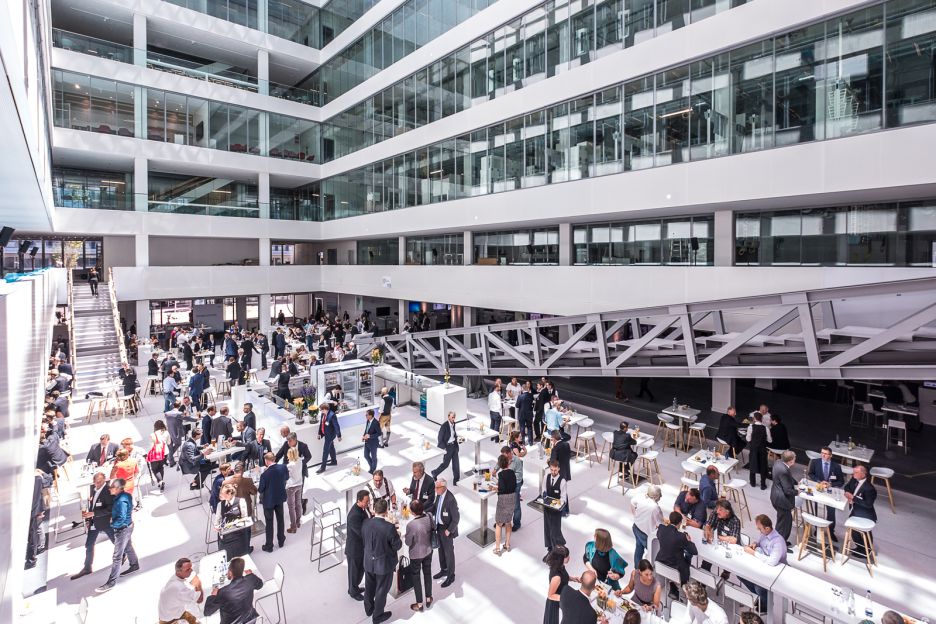
Atrium
Openness in the vertical dimension is achieved by an atrium in buildings with a large floor plate and emphasized by daylight bathing the space from above.
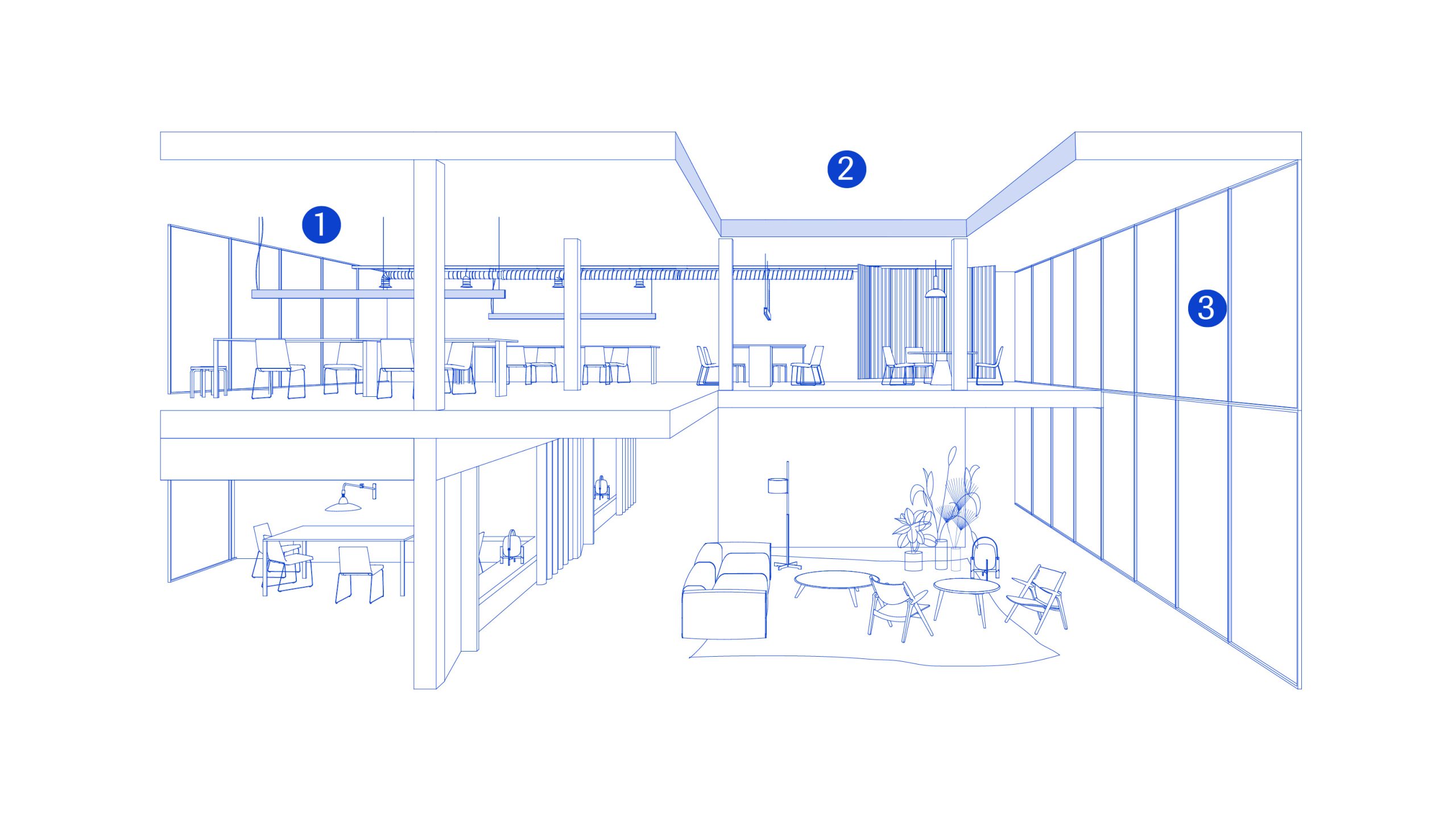

Key to Transparency and openness
- Transparency on the ground floor provides visual connection to the exterior outdoor space.
- Openness results from clear structural planning.
- Limit the amount of glazing according to climate conditions and follow the K-18 directive.